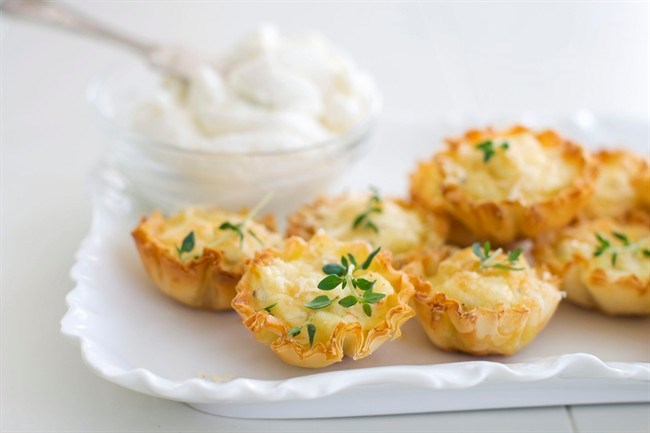When it comes to food, "recooked" isn't generally a term met with much affection. The dairy world, however, gives us a fine exception in ricotta cheese.
Ricotta — Italian for recooked — isn't exactly a stranger to most Americans, who tend to love it in their lasagna and stuffed pasta shells. But as cheeses go, its versatility is vastly underappreciated, mostly because few people realize how it's made, or why that matters for how they use it.
So let's start there. Ricotta got its name because it is made literally by recooking the liquid left over from making other cheese, often mozzarella. This is possible because when the mozzarella or other cheeses are made, most but not all of the protein is removed from the liquid, usually cow's milk.
That leftover protein can be recooked and coagulated using a different, acid-based process (a rennet-based method is used to make the first batch of cheese). The result is a soft, granular cheese with a texture somewhere between yogurt and cottage cheese. The taste is mild, milky, salty and slightly acidic.
And that acid is key. When cheese is formed using acid, the proteins become heat resistant. In other words, the cheese doesn't melt. So ricotta falls in the same category as paneer, halloumi, queso blanco and other cheese that can be heated without melting. This is why ricotta is such a fine choice for lasagna, stuffed shells, ravioli and cheesecake. It heats wonderfully, but doesn't reduce to a pool of goo.
In Italy, there are many varieties of ricotta, including smoked and baked. In the U.S., most grocers carry only the more perishable soft, moist variety sold in tubs.
So now that you know what it is and why it won't melt, what should you do with it?
— You know it's great with pasta, but it also pairs wonderfully with that other Italian import — pizza! Top a red or white pizza with mounds of ricotta and bake as you normally would.
— Fill overturned portobello mushroom caps with ricotta mixed with chopped fresh herbs and garlic, then grill over medium heat until the bottoms are browned and the cheese is hot.
— Spike ricotta with honey and cinnamon, then layer in wide glasses with fresh berries for a parfait.
— Cut slits into boneless, skinless chicken breasts, then spoon herbed ricotta into the centre. Dredge the stuffed chicken breasts through egg, flour and panko breadcrumbs, then bake.
___
RICOTTA-CRAB QUICHE BITES
Start to finish: 30
Makes 30 bites
Two 1.9-ounce packages frozen mini filo dough cups (15 cups per package)
1/2 cup part-skim ricotta cheese
2 eggs
1/4 teaspoon garlic powder
1/4 teaspoon salt
1/4 teaspoon ground black pepper
1/2 cup crab meat, finely chopped
Grated Parmesan cheese
Heat the oven to 400 F. Arrange the filo cups on a rimmed baking sheet.
In a blender, combine the ricotta, eggs, garlic powder, salt and pepper. Blend until very smooth. Stir the crab meat into the egg mixture.
Carefully spoon a bit of the mixture into each filo cup, filling each about three-quarters full.
Sprinkle a bit of Parmesan over each cup, then bake for 15 to 20 minutes, or until the filling is set and starting to brown.
The quiche bites can be served hot, room temperature or chilled.
Nutrition information per serving (values are rounded to the nearest whole number): 30 calories; 10 calories from fat (33 per cent of total calories); 1 g fat (0 g saturated; 0 g trans fats); 15 mg cholesterol; 2 g carbohydrate; 2 g protein; 0 g fiber; 65 mg sodium.
___
J.M. Hirsch is the national food editor for The Associated Press. Follow him on Twitter at http://twitter.com/JM_Hirsch.



